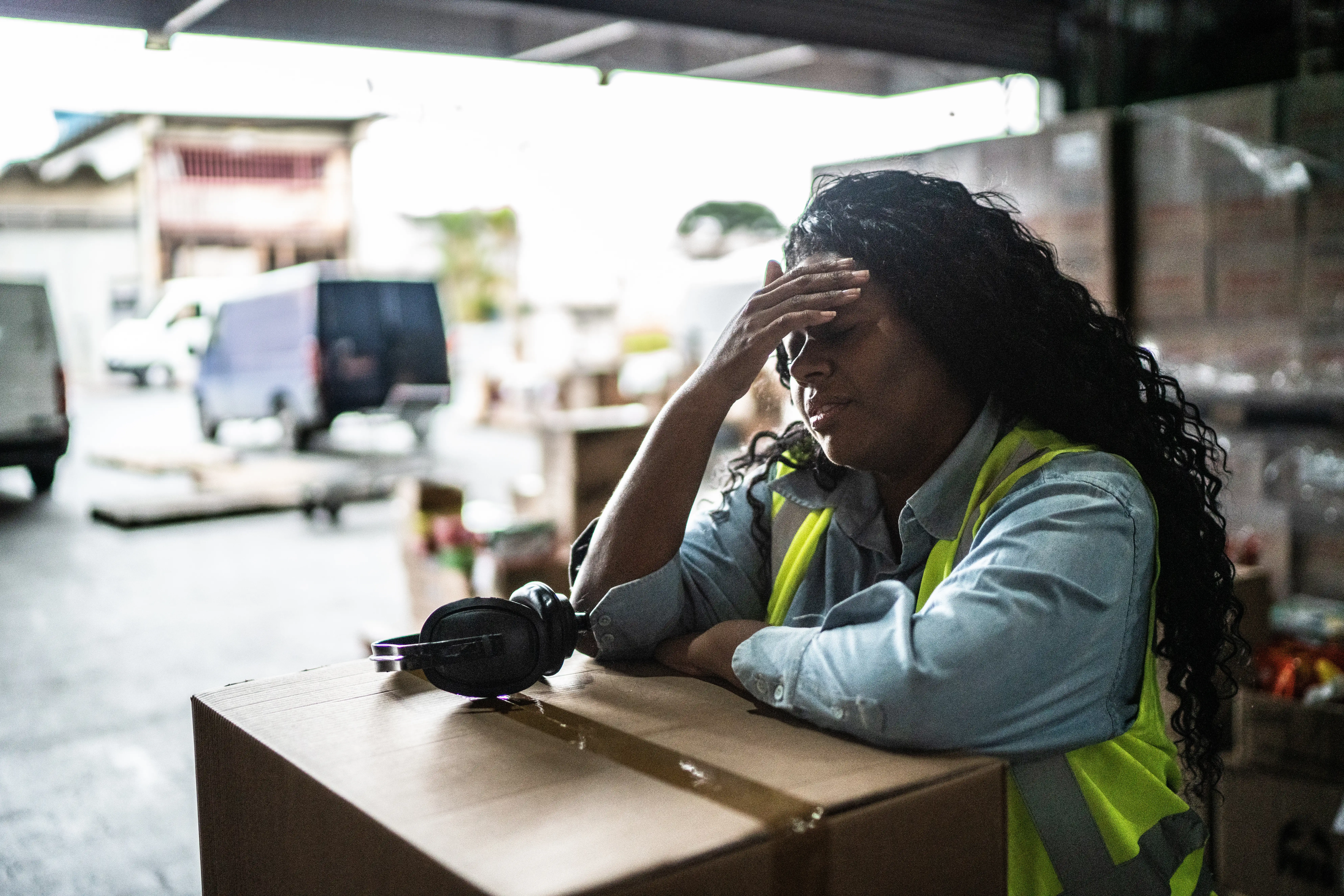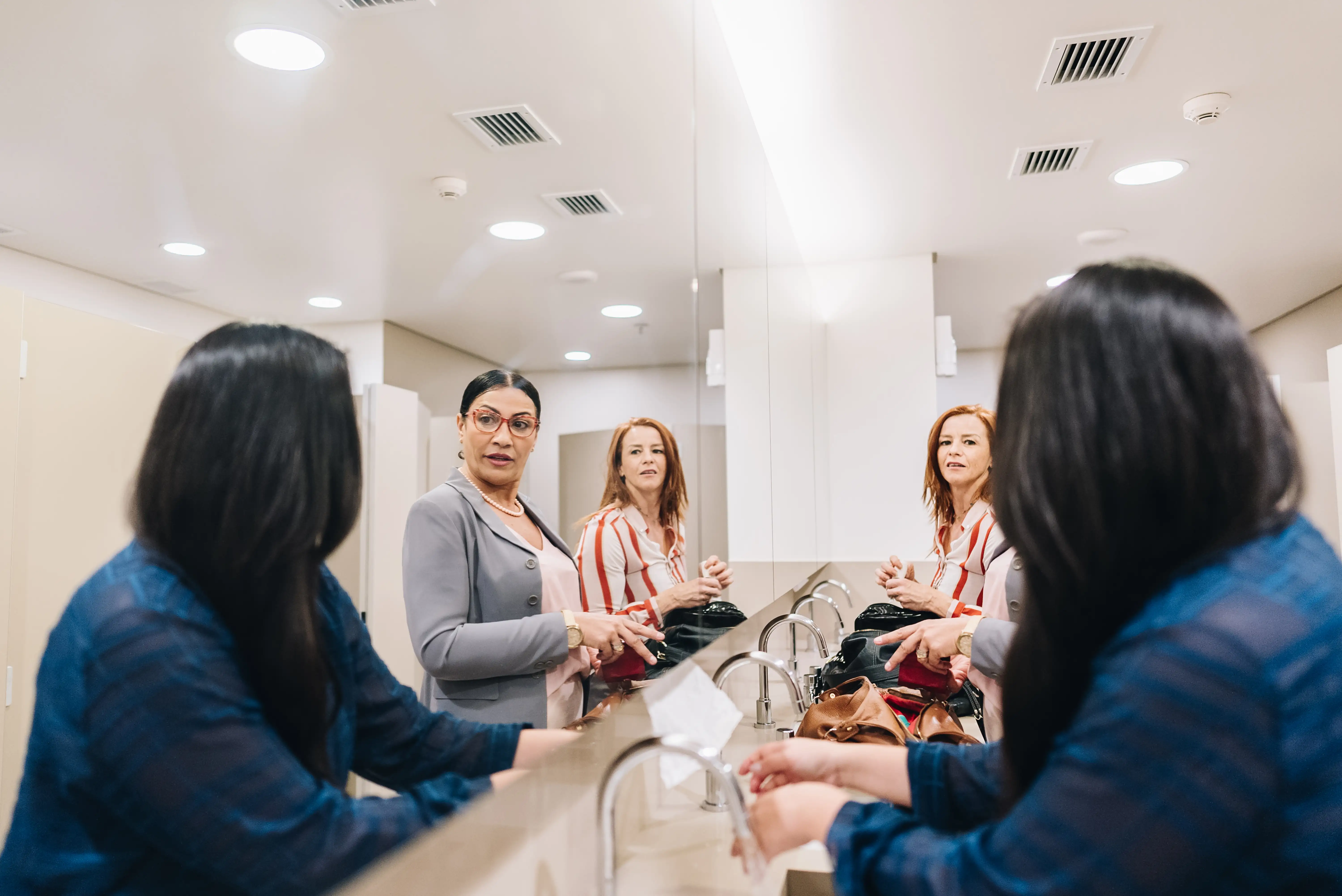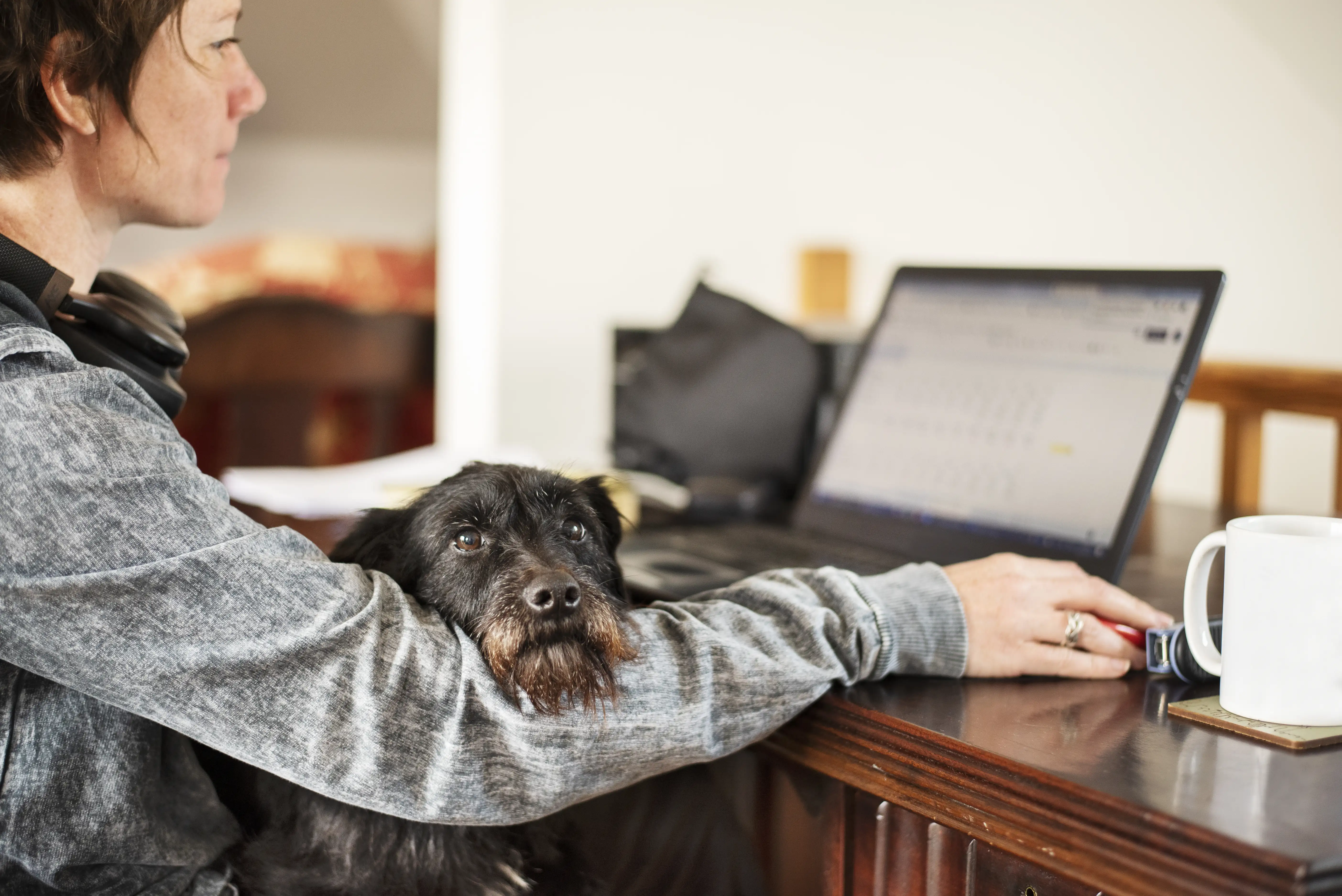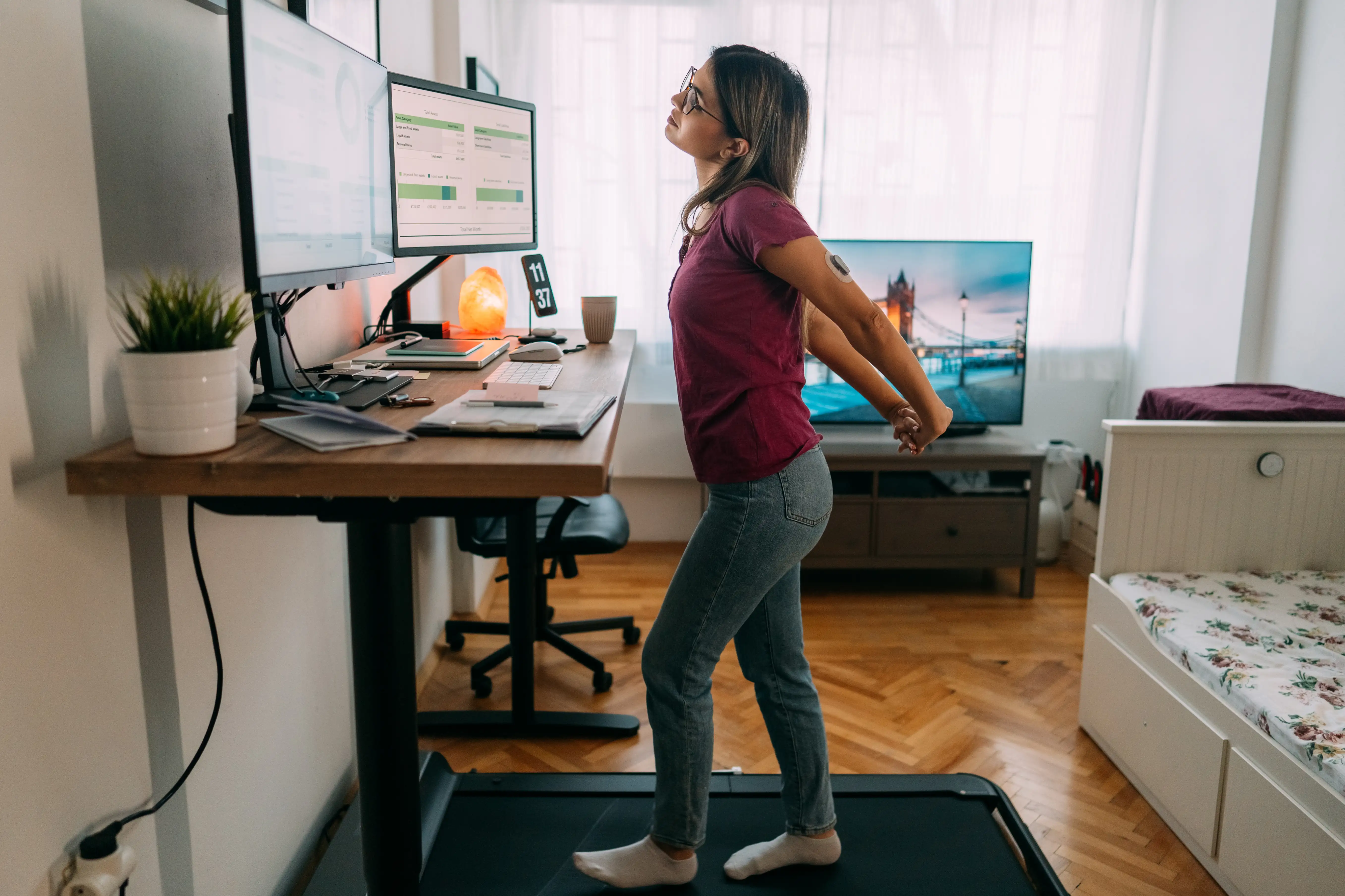
Health & Medicine
Why are women ignored by medical research?

New research shows how medical gender bias affects Australian women’s experiences at work, particularly when it comes to managing chronic pain
Published 12 September 2024
We already know that chronic pain disproportionately affects women.
We already know that medical gender bias routinely results in that pain being dismissed or not believed. And we already know that women generally experience more recurrent pain, more severe pain and longer-lasting pain than men.

This is called the “gender pain gap” – where, because of systemic gaps and biases, pain in women is poorly understood and often mistreated compared to men.
To better put this in perspective, we can look at the numbers.
In Victoria, with its population of around six million people, around 40 per cent of women live with chronic pain, and around a third of these have had their pain dismissed or experienced a lack of good care.
When we say medical gender bias, we’re talking about a disparity in treatment and medical care that people receive purely based on their gender. This can range from diagnosis, treatment and research, as well as interactions between healthcare professionals and their patients.

Health & Medicine
Why are women ignored by medical research?
To better understand the “gender pain gap”, earlier this year the Victorian government launched Australia's Inquiry into Women’s Pain.
Led by a team of experts within the Women’s Health Advisory Council, the inquiry aims to listen to and collect women’s lived experiences of pain – this includes AFAB (assigned female at birth) folks and anyone who identifies as a woman though might have a different sex assigned at birth.
The inquiry's scope focuses on understanding the impact of the “current delivery system on care for pain conditions.”

While many of us may think about our GPs or healthcare workers when it comes to managing pain, our research shows that workplaces also play a primary role in caring (or un-caring) for people in chronic pain.
After COVID, the rise of remote work and hybrid offices has complicated the role that workplaces play in caring for their employees.
Australian Bureau of Statistics data from 2023 shows that 37 per cent of Australians work from home regularly, while governments and employers are still pushing for a return to the office.
So, what do those statistics mean for managing chronic pain while working from home?

Health & Medicine
Misogyny in medicine impacts us all
Our research explores how the remote working revolution is changing Australian homes.
It aims to understand the positive and negative changes brought about by working from home, with specific attention to personal and family wellbeing. [Our final report will be launched in November 2024].
In 2023, we conducted a nationwide survey of people who do paid work from home.
Although our survey wasn’t specifically looking to hear from workers living with chronic pain, a number of people reported that working from home was now crucial to managing their chronic health conditions.
All of these people identified as women.

We went on to conduct in-depth interviews with eight women in this particular subset between February and March 2024.
What emerged were long histories of medical gender bias, misdiagnosis and having their pain dismissed – which ultimately affected their career choices and experiences at work.
We included our key findings in our submission to the Victorian Inquiry into Women’s Pain.
Medical gender bias creates a vicious cycle of pushing through or hiding pain at work.

Health & Medicine
5 things you didn’t realise you need to know about perimenopause
Almost all the people we spoke to when asked to describe their health management replied that there is no such thing as “managing”, it’s almost always about “pushing through”.
Teresa* a woman in her 40s, describes her experience as “push through, just push through. Just push through until you can't anymore, and you are sick or you end up in a hospital, and then repeat”.
Joan*, a woman in her 30s, says “I would go to work and try and push through. And typically...using a lot of sugar and soft drinks to try and keep some energy levels up.
“And then, I would just go back to the motel room and I would pass out.”

Misdiagnosis, delayed diagnosis (we’re often talking about 10 or more years), and dismissing pain can prevent someone from accessing appropriate care, medications and flexible working arrangements.
This can lead to that vicious cycle of pushing through – which, in turn, results in severe burnout and worsening pain.
Surprisingly, in 2024, most chronic pain conditions that affect women still do not have good diagnostic processes – likely because women have been underrepresented in medical research and clinical trials.
To change the current delivery system of pain management, we need to foster a culture of trust and care both from traditional and non-traditional care providers – like workplaces.

Health & Medicine
Chronic fatigue syndrome a kick in the guts
Where we work can play a key role for people in pain to find care, but one that can also exacerbate existing issues of un-caring.
Disclosure of chronic conditions at work is not compulsory. But people in our study told us they had to disclose to receive appropriate care and access to flexible working arrangements.
Many workers often carefully select people to share the details of their illness with at work, especially if they don’t have a clear medical diagnosis.
Usually, they talked to just one other person at work, often their line manager and some expressed hesitation about talking to HR departments, for fear of being discriminated against.

Most felt cared for by their line managers, who showed some understanding of their conditions and offered appropriate flexible working or working-from-home arrangements.
But others, when their line manager left or moved roles, experienced a drastic change in the care. In some cases, this led them to leave their job.
This shows how care for women in pain at work and in workplaces is too often arbitrary and dependent on the individual care of their managers.
Working from home (and flexible work) is a key opportunity when it comes to pain at work, but it comes with challenges.

Business & Economics
Women, age discrimination and work
All of the people we interviewed found that working from home and flexible arrangements are key to managing work commitments, health needs and care responsibilities. It’s helped them to keep working and navigate the healthcare system.
Rachel*, who continued to work while trying to manage severe flare-ups caused by multiple chronic pain conditions says “working from home saved my life”.
For Teresa, going to the office “exhausted” her, while working from home gave her “more time and energy to access medical appointments and therapies”.
However, working from home can also lead women in pain to feel isolated – it can make already invisible pain even more invisible.

The rise of remote work and distributed workplaces raises key questions about who has the responsibility to care for workers affected by chronic pain conditions, and how to foster a culture of care and compassion when people are working remotely.
Following the pandemic, flexible work is now more accessible than ever, but still, the process is slow, tortuous and arbitrary depending on the employer.
Flexible working arrangements must not be treated as an “elusive prize” but normalised as a right for workers, especially for those with caring responsibilities and pain conditions.
But equal access is not enough. It doesn’t guarantee adequate care for workers with chronic pain conditions. Some of our participants talked about the “stigma” of their working from home status.

Sciences & Technology
Crowdsourcing the problem of low back pain
Joan was the only person in her team to work from home. She was routinely excluded from key conversations and team decisions, and sometimes even denied remote access to key documents. It severely impacted her mental health to the point that she had to resign.
Teresa talks about similar experiences of feeling overlooked for job roles and opportunities, despite being a senior, highly experienced staff member.
Working from home is still considered an “exception” by many employers which can further stigmatise already stigmatised people in pain.
This inquiry provides an opportunity to give voice to women experiencing pain. But it can also be a wake-up call for employers to have a responsibility to become an extra point of care if we’re going to adequately recognise the support needed by women in pain.
*Names of respondents have been changed throughout the article.
If you or anyone you know requires help or support, you can contact Painaustralia or Chronic Pain Australia for more information.